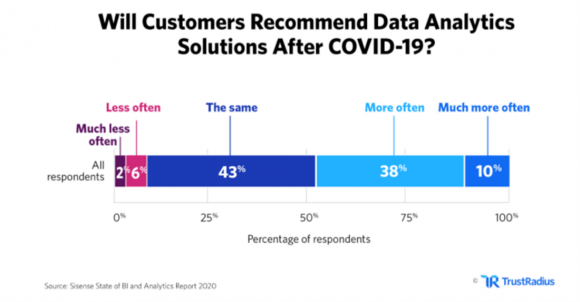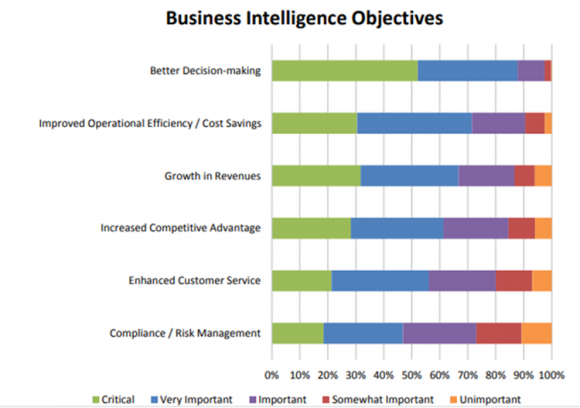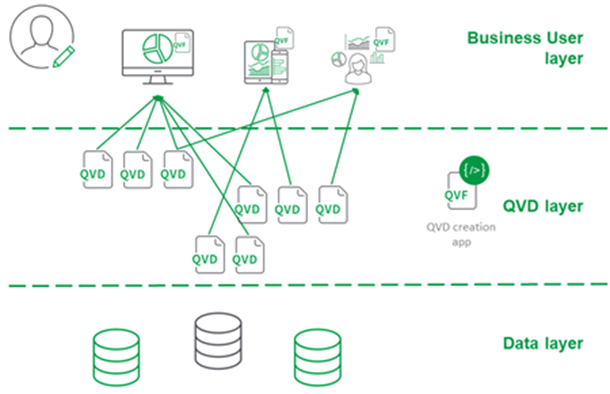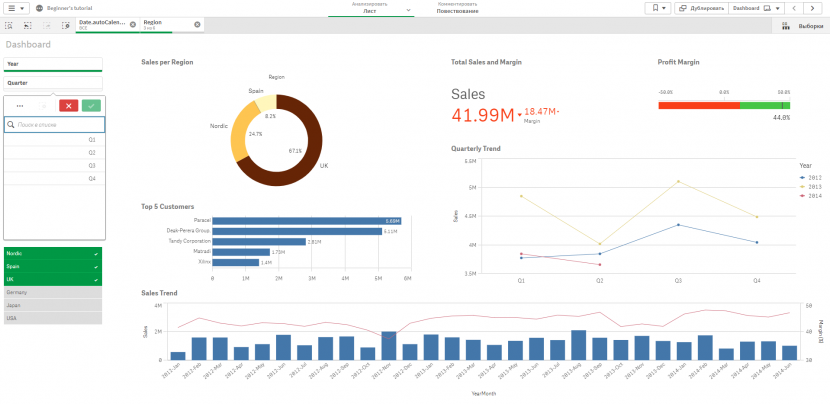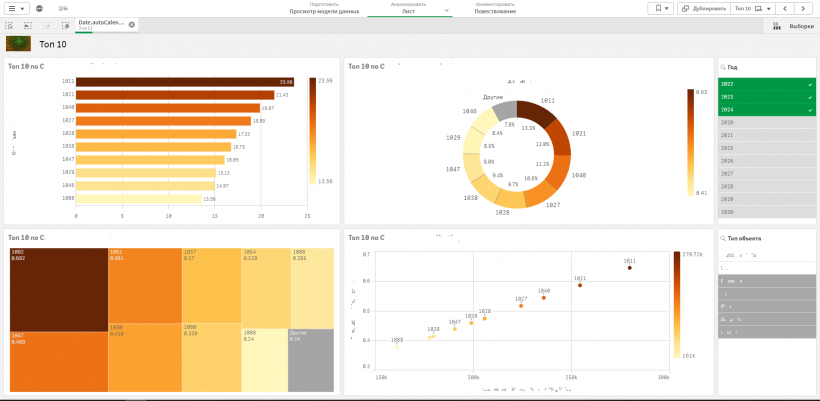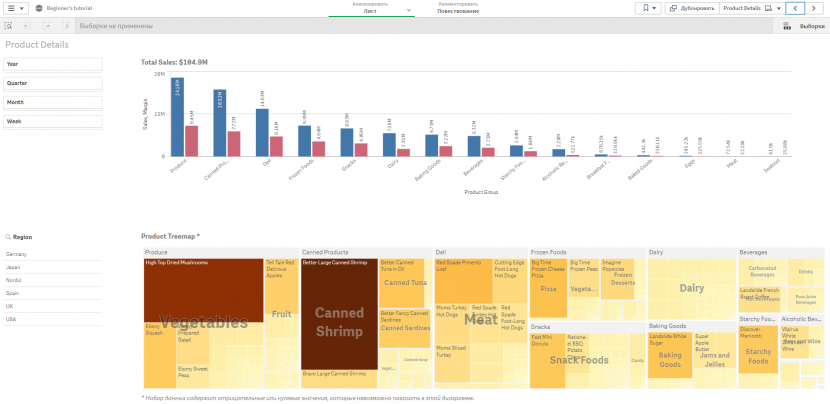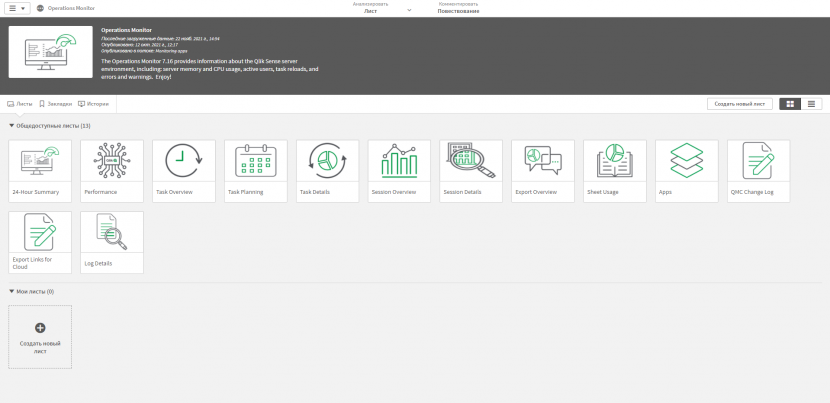Business intelligence is more than timely and complete reports, great-looking dashboards, and the single version of the truth. Organizations use data analysis, modeling and forecasting systems (in particular, solutions powered by Qlik Sense platform) to improve management efficiency and take advantage of innovative technologies in a rapidly changing world. According to international research agencies, most companies around the world steadily consider BI as one of the top priorities in their IT strategy.
In May 2021, Gartner analysts reported that the BI market grew 4.4% in 2020 to reach $ 25.5 billion. Non-relational DBMS, analytics and business intelligence platforms were the fastest growing segments, primarily due to the need for information that can be relied on in making decisions in the period of global changes caused by COVID-19.
A study carried out by Sisense in 2020 showed that 50% of companies are more likely to use Business Intelligence tools more actively after the pandemic. 55% of businesses will maintain their level of BI expenses after the pandemic, and 10% of businesses plan to increase their BI budget.
Among the key advantages of any advanced business intelligence system, customers appreciate the following:
- Efficient data-driven decision-making
- Increased efficiency at reduced cost
- Increase in revenue
- Improved competitive advantages
- Enhanced customer service
- Better compliance / risk management
Five key benefits of BI solutions were identified by the vast majority of respondents as “critical” or at least “very important” to their business.
Moreover, other important benefits of using BI tools are:
- Timely response to external and internal challenges
- Creation of a common corporate culture of data handling
- Streamlined collection, processing and analysis of heterogeneous management data
- Elimination of the human factor from routine data operations
